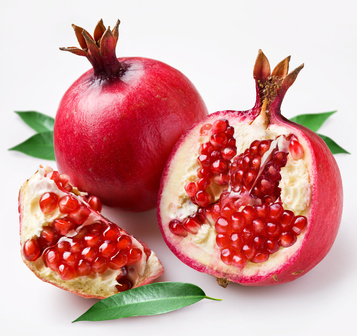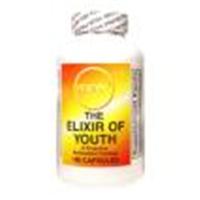Friendship, good health and avoiding supermarkets at weekends are the biggest unexpected pleasures of retirement for Britons, new research has revealed.

According to a study by the Oddfellows Friendly Society, we significantly underestimate the value of each of these joys as we approach a life of leisure.
It’s only when we finally reach retirement that we come to realise the true worth of companionship, staying active and steering clear of the aisles on a Saturday.
The research surveyed almost a thousand over-50s to gauge how near-retired and retired people view their place within their own communities and society as a whole.
Just under half of those who took part were members of the Oddfellows, which was founded more than 200 years ago and is one of Britain’s largest friendly societies.
Its annual Friendship Month will see the Society’s 146 branches stage scores of special events to connect old and new friends throughout September.
Oddfellows Chief Executive Officer Jane Nelson said: “What our research shows is that it’s perfectly possible for life to begin at 50, 60 or even 70.
“The very simple message that emerges is that if you approach retirement in the right way you can become happier as you get older.”
Some 45% of study respondents aged in their 50s said spending time with friends was what they were most looking forward to about being retired.
Yet nearly two thirds of participants aged in their 70s said they considered it the most enjoyable element.
Similarly, only 31% of those in their 50s said they were most looking forward to a healthier life – while 56% of those in their 70s said it was the thing they valued most.
The biggest disparity was for not having to visit supermarkets at weekends, which was chosen by just 12% of non-retired participants but 24% of retired respondents.
Selected by over 60% of those questioned overall, less stress was the aspect of retirement that was both most looked forward to and most enjoyed.
The research also highlighted the strong links between friendship, happiness and a sense of worth within the community for Britain’s over-50s.
Some 80% of Oddfellows members described themselves as happy or very happy, and 49% recommended joining societies or clubs as the best way of making new friends.
In addition, only 9% of 70-somethings said they didn’t feel they had a meaningful role to play in their own community, compared to 22% of 50-somethings.
Mrs Nelson added: “Our research shows that the reality of retirement doesn’t necessarily meet expectations for a lot of people.
“Many simply look forward to having a lot more time on their hands, but that can translate into loneliness, a lack of purpose and a longing for social interaction.
“Above all, people often discover that they miss the kind of camaraderie and everyday engagement that they took for granted in the course of their working lives.
“As our own members attest, membership of clubs and societies can bridge the gap between expectation and reality by providing friendship and a genuine sense of belonging.”
The Oddfellows helps 280,000 members in the UK enjoy the social side of life, as well as providing care, advice and support in times of need.
Professor Tarani Chandola, of the University of Manchester, a leading expert on the links between work, stress, friendship and happiness, backed the findings.
He said: “There’s a wealth of research on how people with stressful jobs get a temporary boost in happiness upon retirement, but this boost isn’t sustained by everyone.
“Older adults who remain socially active in community and voluntary organisations like the Oddfellows are the ones most likely to maintain their happiness in retirement.”
Life can begin at 70: the Oddfellows’ tips for a happy retirement
· Maintain existing friendships and build new ones
· Join clubs and societies to expand your social circle
· Stay mentally and physically active
· Acquire new skills
· Shop on a Wednesday!
The Oddfellows Society is one of the largest and oldest friendly societies in the UK. Its branches organise active social programmes and provide help and support to members in local areas. Members also have access to an advice line, care support and a range of financial benefits. Membership is just £30 a year (or £28 by direct debit).

















